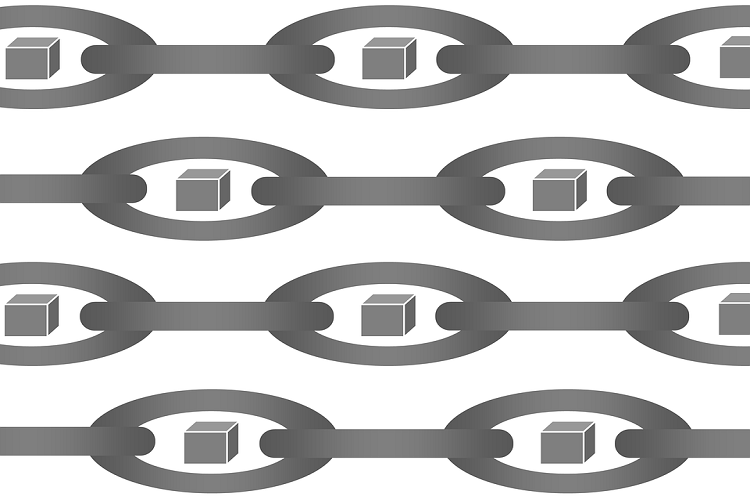
Worldwide spending on blockchain solutions will reach USD 11.7 billion in 2022, according to a new update to the Worldwide Semiannual Blockchain Spending Guide from International Data Corporation (IDC). As per the study, blockchain spending will grow at a robust pace throughout the 2017-2022 forecast period with a five-year compound annual growth rate (CAGR) of 73.2%. Worldwide blockchain spending will be USD 1.5 billion in 2018, double the amount spent in 2017.
“Enthusiasm for blockchain continues to be universally shared across regions as businesses and organizations alike continue to explore the technology’s potential business application,” said Stacey Soohoo, research manager with IDC’s Customer Insights & Analysis team. “Regulatory concerns and industry standards continue to hinder widespread adoption as governments around the globe work with enterprises to formulate policies and governance. As such, cross-business collaboration and blockchain interoperability are emerging as key aspects in the growth of the distributed ledger technology (DLT).”
The United States will see the largest blockchain investments and deliver more than 36% of worldwide spending throughout the forecast. Western Europe will be the next largest region for blockchain spending, followed by China and Asia/Pacific (excluding Japan and China) (APeJC). All nine regions covered in the spending guide will see phenomenal spending growth over the 2018-2022 forecast period with Japan and Canada leading the way with CAGRs of 108.7% and 86.7%, respectively.

Blockchain spending will be led by the financial sector (USD 552 million in 2018), driven largely by rapid adoption in the banking industry. The distribution and services sector (USD 379 million in 2018) will see strong investments from the retail and professional services industries while the manufacturing and resources sector (USD 334 million in 2018) will be driven by the discrete and process manufacturing industries. In the US, the distribution and services sector will see the largest blockchain investments. The financial services sector will be the leading driver in Western Europe, Middle East and Africa (MEA), China, and APeJC in 2018. The industries that will see the fastest growth in blockchain spending will be process manufacturing (78.8% CAGR), professional services (77.7% CAGR), and banking (74.7% CAGR).
Within the financial sector, blockchain lends itself to a number of common use cases including regulatory compliance, cross-border payments & settlements, custody and asset tracking, and trade finance & post-trade/transaction settlements. In the distribution and services sector and the manufacturing and resources sectors, the leading use cases include asset/goods management and lot lineage/provenance. Cross-border payments & settlements will be the use case that sees the largest spending in 2018 (USD 193 million), followed by lot/lineage provenance (USD 160 million) and trade finance & post-trade/transaction settlements (USD 148 million). These three use cases will remain the largest in terms of overall spending in 2022 as well.
“We continue to see the greatest spending and growth for blockchain around lot lineage and asset and goods management. Highly visible scandals combined with complex supply chains and incomplete information set the stage for investments and projects in these areas,” said Jessica Goepfert, program vice president, IDC’s Customer Insights and Analysis. “End-to-end, the stakeholders have a vested interest in solving these issues. Manufacturers want to ensure products arrive where they are supposed to arrive. Retailers and wholesalers seek assurance around the validity and quality of the products they are selling. And consumers are demanding greater transparency from providers.”
From a technology perspective, IT services and business services (combined) will account for roughly 70% of all blockchain spending throughout the forecast with spending fairly well balanced across the two categories. Blockchain platform software will be the largest category of spending outside of the services category and one of the fastest growing categories overall, along with security software.

 In
In
Add new comment